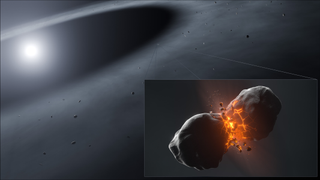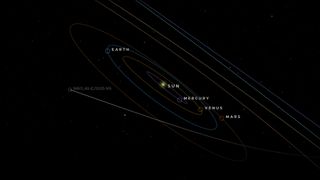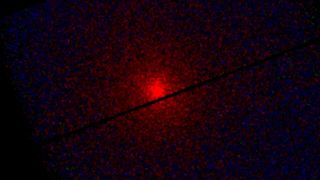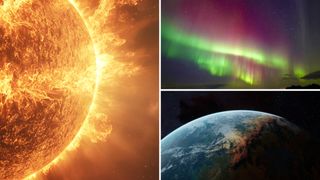News
Latest News

Latest Comet 3I/ATLAS news: One day until the comet is closest to Earth!
By Tariq Malik, Daisy Dobrijevic, Anthony Wood last updated
Thursday, Dec. 18, 2025: Your daily feed for the holiday flyby of interstellar comet 3I/ATLAS by Earth.

Best streaming devices to watch sci-fi shows and movies in 2025
By Alexander Cox published
Convert your TV into a smart TV with a streaming stick and watch all your favorite sci-fi shows and movies in one place, to access your streaming service of choice.

Why are the 'Avatar' movies so massive? Their success seems to defy conventional logic
By Richard Edwards published
They're not part of a vast, Marvel-style universe, and neither is a classic. So why are the "Avatar" movies so successful?

A SpaceX Starlink satellite is tumbling and falling out of space after partial breakup in orbit
By Mike Wall published
One of SpaceX's Starlink broadband satellites suffered an anomaly in orbit on Wednesday (Dec. 17) that led to its partial breakup, according to the company.

Astronomers capture 1st direct images of collisions in a nearby star system: 'It's like looking back in time'
By Robert Lea published
"It's like looking back in time in a sense, to that violent period of our solar system when it was less than a billion years old."

4 ways to track 3I/ATLAS without a telescope as it makes its closest approach to Earth tonight
By Anthony Wood published
Interstellar visitor 3I/ATLAS is travelling away from the sun on its way back to interstellar space.

Blue Origin scrubs space tourist rocket launch with first wheelchair user due to last minute 'observation'
By Mike Wall last updated
Aerospace engineer Michi Benthaus will become the first wheelchair user ever to reach space today (Dec. 18), and you can watch her historic launch atop a Blue Origin rocket live.

'Crash Clock' reveals how soon satellite collisions would occur after a severe solar storm — and it's pretty scary
By Tereza Pultarova published
Satellites would likely begin colliding with each other or space junk in less than three days if they were to lose the ability to maneuver, for example due to an intense solar storm.

Scientists detect X-ray glow from interstellar comet 3I/ATLAS extending 250,000 miles into space
By Samantha Mathewson published
A rare interstellar comet has been caught in X-rays by two space telescopes, revealing how its gases interact with charged particles from the sun as it travels through the inner solar system.
Breaking space news, the latest updates on rocket launches, skywatching events and more!

